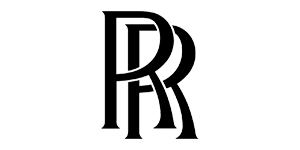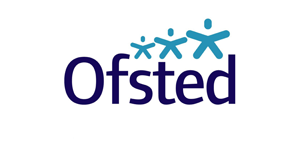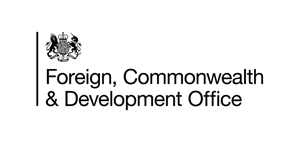The GROW Coaching Model

A Trusted Framework for Structured, Outcome-Focused Coaching Conversations
This compilation is an educational resource developed by the British School of Coaching. This series is compiled as a foundational resource for coaches in training. Each article introduces a practical coaching tool or model, grounded in theory and supported by real-world application. Whether you’re preparing for ILM coaching qualifications or looking to deepen your understanding of best practice in coaching, this series offers research-informed insights to strengthen your coaching toolkit.
The GROW model remains one of the most widely used and enduring coaching frameworks. Designed for clarity, action, and reflection, GROW helps coaches and coachees navigate a coaching conversation in a structured yet flexible way. Though simple in design, its power lies in the clarity it brings to otherwise complex situations.
Originally developed in the 1980s by Graham Alexander, Sir John Whitmore, and Alan Fine, GROW stands for:
- Goal
- Reality
- Options
- Will (or Way Forward)
At the British School of Coaching, we encourage coaches in training to become deeply familiar with this model—not as a rigid structure, but as a trusted scaffold to support focused, goal-driven dialogue.
Before You GROW: Establishing the Topic
Though not part of the original acronym, starting with the Topic is essential. Before setting a goal, a coach must understand what the coachee wants to explore. This step helps determine:
- The scale and scope of the issue
- The emotional and strategic importance of the topic
- Whether it aligns with a longer-term vision
🗣️ Ask:
“What would you like to talk about today?”
“What’s important to you about this?”
The aim here is not to go into detail, but to set the stage for a meaningful conversation.
G – Goal
What do you want to achieve in this session?
The goal-setting stage brings clarity and direction. It’s about defining the desired outcome for the session—not the long-term ambition. A clear, specific, and measurable goal allows both coach and coachee to stay focused and know when success has been achieved.
🗣️ Ask:
“What will success look like by the end of this conversation?”
“How will you know this session was useful to you?”
✅ Outcome: A clearly stated, time-bound goal for the session.
R – Reality
What’s happening right now?
This stage is about deepening awareness and getting an accurate picture of the current situation. Coaches help the coachee explore their world without jumping to conclusions or offering solutions.
Use open-ended questions, summarising, and silence to invite reflection.
🗣️ Ask:
“What’s happening now?”
“What have you tried so far?”
“What’s working—and what’s not?”
✅ Outcome: A grounded, honest understanding of the current situation.
O – Options
What could you do?
This is the space for creativity and possibility. Coaches encourage the coachee to explore all available options—without judgment or pressure. Even unrealistic or unconventional ideas may spark useful thinking.
🗣️ Ask:
“What are all the things you could try?”
“What else?” (repeat this!)
“What would you do if there were no barriers?”
✅ Outcome: A list of potential actions the coachee could take.
W – Will / Way Forward
What will you do next?
The final step is where reflection becomes commitment. From the list of options, the coachee selects one or more actions they are willing to take. Coaches may explore motivation, anticipate obstacles, and help refine the plan.
🗣️ Ask:
“Which of these options feels most realistic right now?”
“What support might you need?”
“When will you take this action?”
✅ Outcome: A clear, committed action plan, ideally time-bound and measurable.
Why GROW Works
- Simple and intuitive – Easy to learn and adaptable across different coaching contexts
- Flexible – Works for both structured sessions and informal conversations
- Empowering – Keeps the coachee in the driver’s seat
- Scalable – Suitable for both personal and executive coaching
Many organisations and practitioners have built upon the GROW model, developing versions like TGROW (with an explicit “Topic” step), or integrating it with other tools such as the Coaching Wheel, SMART goals, or OSKAR.
Common Pitfalls to Avoid
- Rushing the Goal stage—clarity here saves time later
- Turning the Options stage into advice-giving
- Skipping Wrap-Up and losing accountability
- Failing to check commitment or support needs
References:
- Whitmore, J. (2017). Coaching for Performance: The Principles and Practice of Coaching and Leadership. 5th ed. Nicholas Brealey.
- Alexander, G., & Renshaw, B. (2005). Supercoaching: The Missing Ingredient for High Performance. Random House.
- Starr, J. (2021). The Coaching Manual. 5th ed. Pearson Education.
- ICF (2023). Core Competencies and Coaching Tools www.coachingfederation.org.






